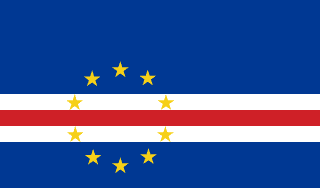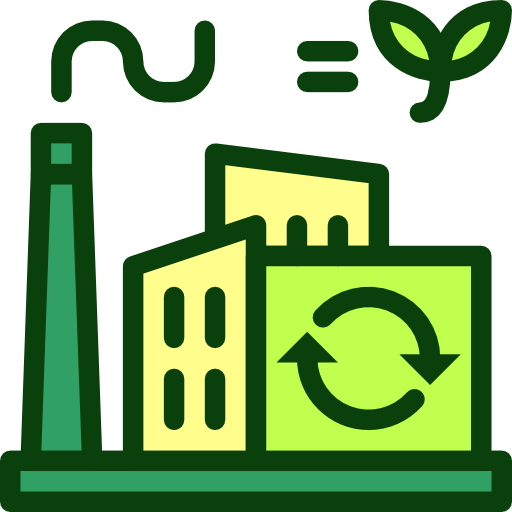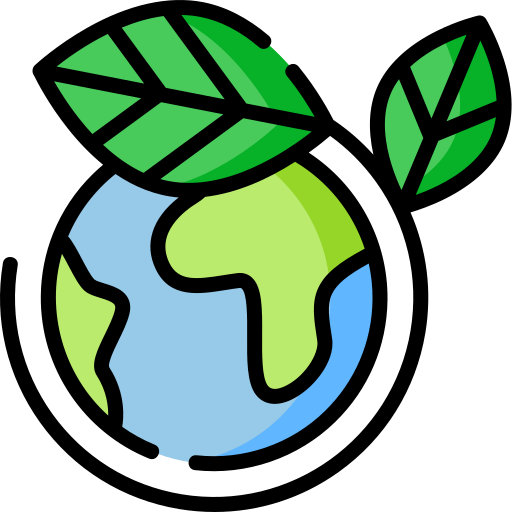Cape Verde - Environment

As far as the environment of Cape Verde is concerned, there have been deforestation due to demand for firewood; water shortages; droughts; desertification; soil erosion; illegal beach sand extraction; overfishing. As for nvironment - international agreements, we have; Biodiversity, Climate Change, Climate Change-Kyoto Protocol, Climate Change-Paris Agreement, Comprehensive Nuclear Test Ban, Desertification, Endangered Species, Environmental Modification, Hazardous Wastes, Law of the Sea, Marine Dumping-London Convention, Nuclear Test Ban, Ozone Layer Protection, Ship Pollution, Wetlands.
About the environment of Cape Verde
| Climate | We have temperate; warm, dry summer; precipitation meager and erratic |
|---|---|
| Revenue from forest resources | |
| Revenue from coal | |
| Waste and recycling | Municipal solid waste generated annually: 132,555 tons (2012 est.) |
| Total renewable water resources | 300 million cubic meters (2020 est.) |
| Major rivers (by length in km) | |
| Total water withdrawal | |
| Municipal | 1.6 million cubic meters (2017 est.) |
| Industrial | 400,000 cubic meters (2017 est.) |
| Agricultural | 30 million cubic meters (2020 est.) |
| Air pollutants | |
| Particulate matter emissions | 31.08 micrograms per cubic meter (2019 est.) |
| Carbon dioxide emissions | 0.54 megatons (2016 est.) |
| Methane emissions | 0.13 megatons (2020 est.) |
| Land Use | |
| Agricultural land | 19.6% (2022 est.) |
| Agricultural land: arable land | arable land: 12.4% (2022 est.) |
| Agricultural land: permanent crops | permanent crops: 1% (2022 est.) |
| Agricultural land: permanent pasture | permanent pasture: 6.2% (2022 est.) |
| Forest | 11.5% (2022 est.) |
| Other | 68.9% (2022 est.) |
| Urbanization | |
| Urban population | 68% of total population (2023) |
| Rate of urbanization | 1.83% annual rate of change (2020-25 est.) |
| Major urban areas (Pop) | 168,000 PRAIA (capital) (2018). |
All Important Facts about Cape Verde
Want to know more about Cape Verde? Check all different factbooks for Cape Verde below.
-
 Cape Verde Factbook
Cape Verde Factbook
-
 The Economy of Cape Verde
The Economy of Cape Verde
-
 Learn about the Government of Cape Verde
Learn about the Government of Cape Verde
-
 Communication in Cape Verde
Communication in Cape Verde
-
 Popular Universities in Cape Verde
Popular Universities in Cape Verde
-
 Enerny in Cape Verde
Enerny in Cape Verde
-
 Transport in Cape Verde
Transport in Cape Verde
-
 The Geography and society of Cape Verde
The Geography and society of Cape Verde
-
 The Environment of Cape Verde
The Environment of Cape Verde
-
 Military and security in Cape Verde
Military and security in Cape Verde